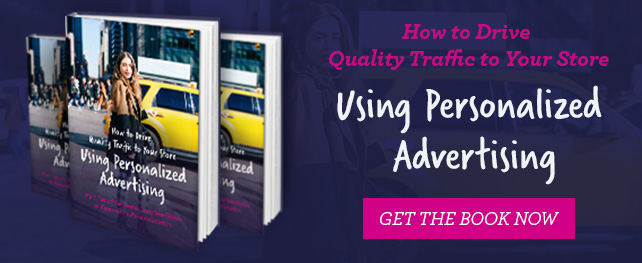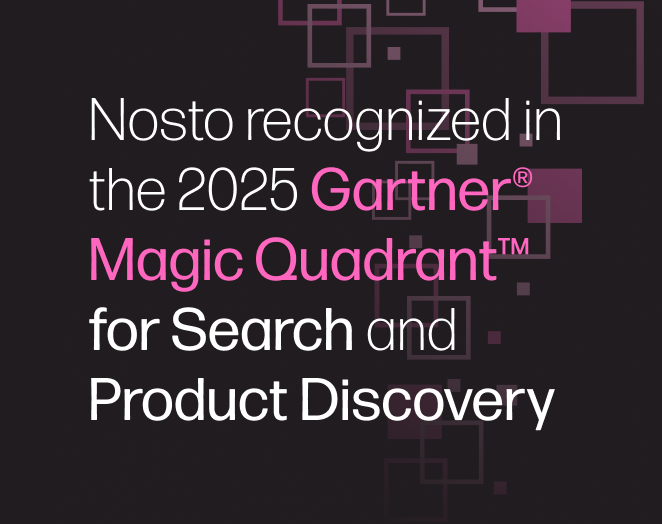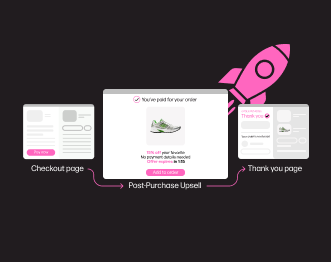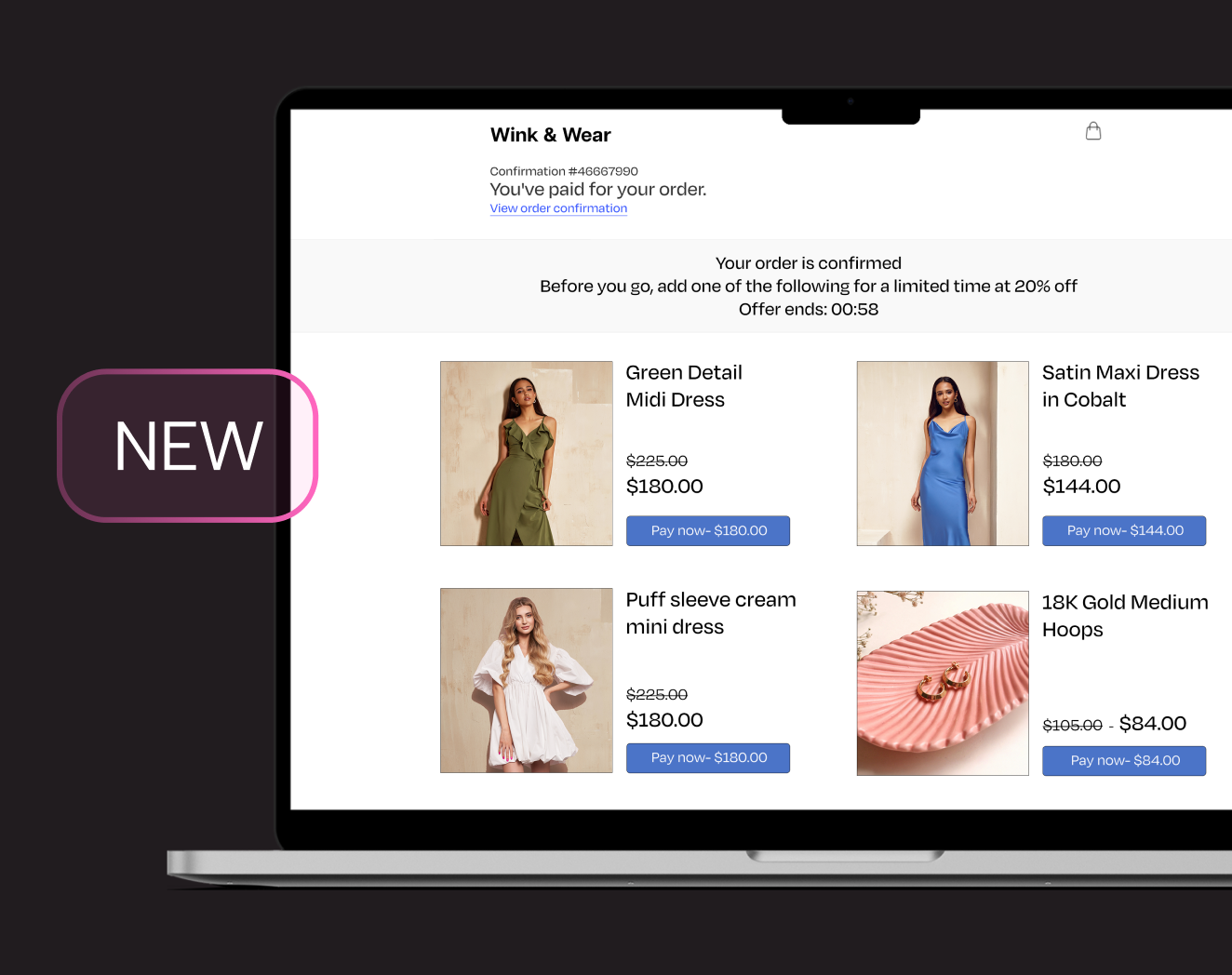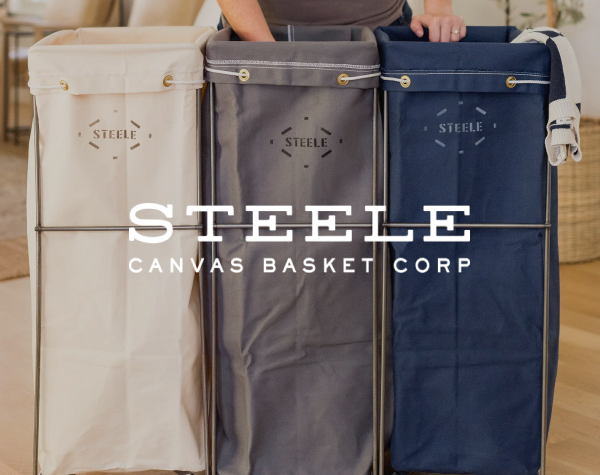How to create the perfect ecommerce product page (Part One)
The product page- crunch time for ecommerce professionals. You’ve got the shopper to your store and, even better, something has caught their eye- now it is that product’s time to shine. But will it be enough? Or will it be a case of ‘so close yet so far’? In this two-part blog series we will explore some of the ways to optimize your product page, providing you with a best practice framework to be adapted to your specific customer base and business needs. 
That said, If you only remember one thing from this article let it be this: your product page has one purpose- to convince your potential customer to click your “Add to cart button”. If you get caught up in the granular details remember, the other elements and content on this page are not inherently valuable – their job is simply to serve this higher aim, mitigating or removing all psychological and technical obstacles between your customer and that oh-so-important action.
1. High-res product images and lots of them
I cannot stress the importance of your product images enough – with all other senses stripped away online shoppers rely heavily on visual cues. Quality AND quantity is the aim. In a report by IRCE 75% of shoppers asked listed the quality of product images as the most important feature when shopping online. This matters for two reasons – firstly clear and crisp images not only look better but lend authority to your store. Secondly, larger images were found by Visual Web to increase sales by 9% but if you are going to go bigger then you need the quality to back it up or you risk a blurry mess.
As for quantity, depending on what it is you are selling you may also want to snap a few extras focusing on product details or showing the product from different angles
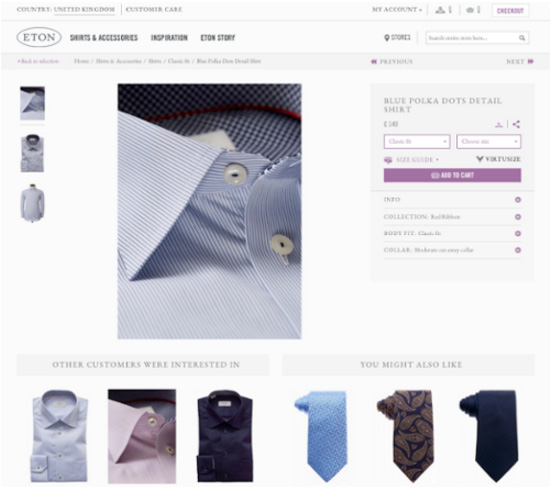
Nosto Client Eton Shirts, use clean, sharp photos of the product shot from a number of angles and in high enough quality to allow the user to zoom.
Tick all of the above boxes, investing a little time and a little money, and you should see a return also in decreased return rates but don’t be afraid to go above and beyond – if you can shoot a product video for your top range products, even better. In fact, shoppers who view video are 1.81x more likely to purchase than non-viewers. Nosto client Lush, do a great video of using this medium- see it in action here.
2. Distinguishable add-to-cart button
When it comes to add to-cart-buttons we know one thing for sure – size does matter. But don’t go creating a monstrosity that takes up half the page just for the sake of it. What is important is that it is big enough to be prominent on the page – what that means in relation to your site’s design is up to you.
Size however, should be used in combination with other visual aspects such as color. Orange is the most frequently used color but that doesn’t necessarily mean it will work for your brand. What matters is visual contrast. If in doubt, use a color wheel to find out what best contrasts with brand while remaining complimentary (to do this take your most prominent brand colour and look at what is directly opposite it on the wheel). As for placement, it’s going to depend on the design of your page and the virtual real estate on offer. There aren’t hard and fast rules but being distinguishable is again key. Although they don’t need to be found immediately next to each other it is generally best practice to have the button in the same area as the price.The right hand side is also often favoured and while you don’t have to stick with the crowd people are creatures of habit. Surprise them exotic design decisions and you may find you disrupt the UX, and see a drop in conversion.
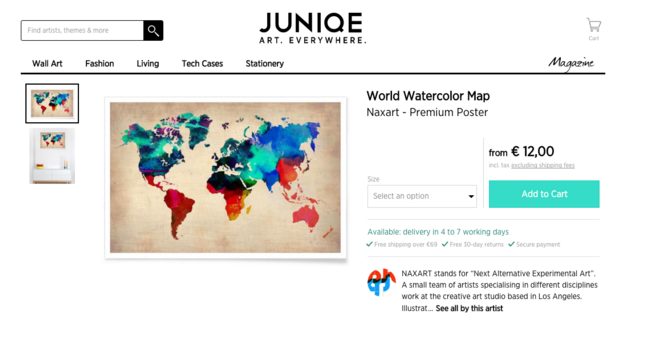
Junique does an excellent job of keeping the call-to-action in the forefront of the shopper’s mind- aligned right and in a bright contrasting colour it is clear to find. The button also changes color slightly when it is hovered over to encourage action.
3. Payment, shipment and return policies
An ecommerce product page isn’t just about what you add but also what you take away – namely barriers to purchases.
In a recent study by ComScore 82% respondents said they would complete a purchase if they could return the item or have free return shipping. But while free, international delivery and hassle-free returns are great if you can offer them, the main thing is transparency. According to Kissmetrics 28% of shoppers will abandon their shopping cart if presented with unexpected shipping costs. This is less about the cost itself but the element of last-minute unwanted surprises. Whatever your policy is, remember to highlight it. Depending on your target market you may also want to add a security certificate or a trust-badge, if this is expected by your customers..
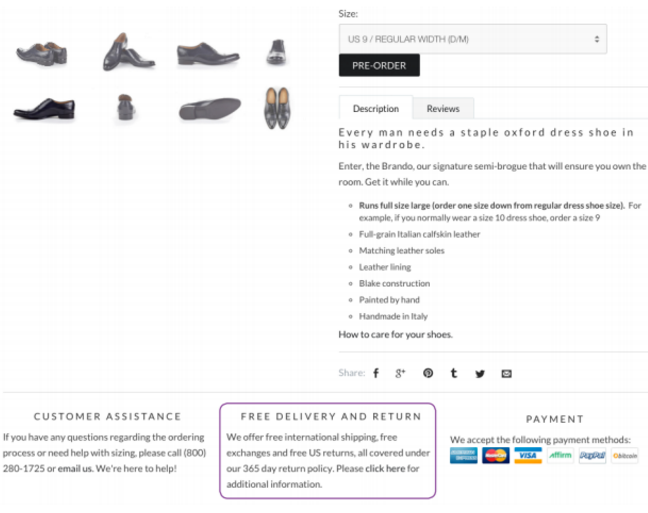
Nosto Client, Paul Evans are a good example of this done well with a concise, fair returns policy, displayed clearly.
4. Detailed product descriptions
While trends in web-design may be leaning towards the minimal in the West, your product descriptions should not. In fact, user experience studies by Neilson Norman group found that that 20% of the the time when a user failed to successfully complete a purchase it was because of unclear product information. The aim should be to pre-empt any questions a potential shopper may have about a product so that they will continue to the cart page rather than reverting to Google (where they may also find an alternative retailer).
Consider whether you have given enough details on the following; materials, technical details, instructions for care and use, measurements. But don’t be lazy and use manufacturer’s default copy – not only is it possible that it may hurt your SEO-efforts but it could also leave potential shoppers uninspired.
Also, try to balance the functional and emotional in your descriptions – too descriptive and the information that is needed to make a purchasing decision may be lost, too sparse and you might not be giving them enough to get there in the first place. Remember: description text cements why customers should buy the product they are viewing.
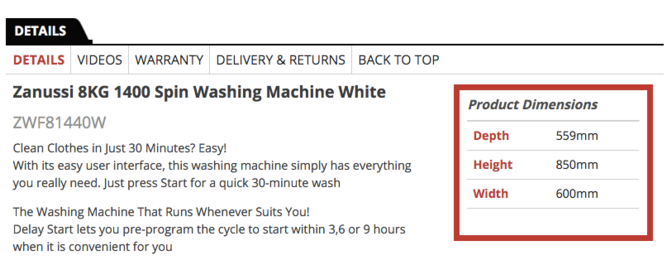
DID have a great tabular structure for additional content.
5. Social proof, testimonials, customer reviews and other user generated content
Product descriptions, as stated above, are imperative to get right if you want to get a shopper to the finish line and prevent high return rates. But, that doesn’t mean you should stop there. According to EXPO consumer reviews are trusted almost 12x more than descriptions from manufacturers, with customers 63% more likely to buy from a site which provides them. This is particularly effective for industries selling expensive items, as hesitancy over purchase is higher. However, you need to accumulate enough content to really move the needle, consider how you can encourage customer reviews, incentivising if needed. Econsultancy have a great blog with ideas on this.
Social media has also opened up new avenues to provide social proof – with tools such as Bazaarvoice aggregating and displaying the relevant posts on your site for you. Remember, however that social media style implications and restrictions may make these too lightweight to be effective on their own. While a instagram photo of a customer wearing a dress is great, it doesn’t go into same depth as most customer reviews do.
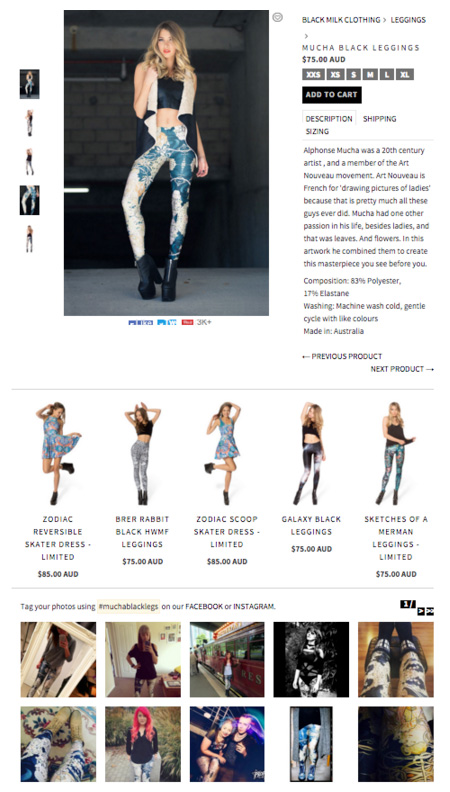
BlackMilk, an Australian female fashion merchant, ask shoppers to use their hashtag when posting about their product on social media and then integrate these photos on their product page.
So, there we have it – plenty of actionable advice and best practices for you to transform your product pages, and we’re only halfway through! See the second instalment of this mini blog series for tips on cross-selling, up-selling and much, much more…

